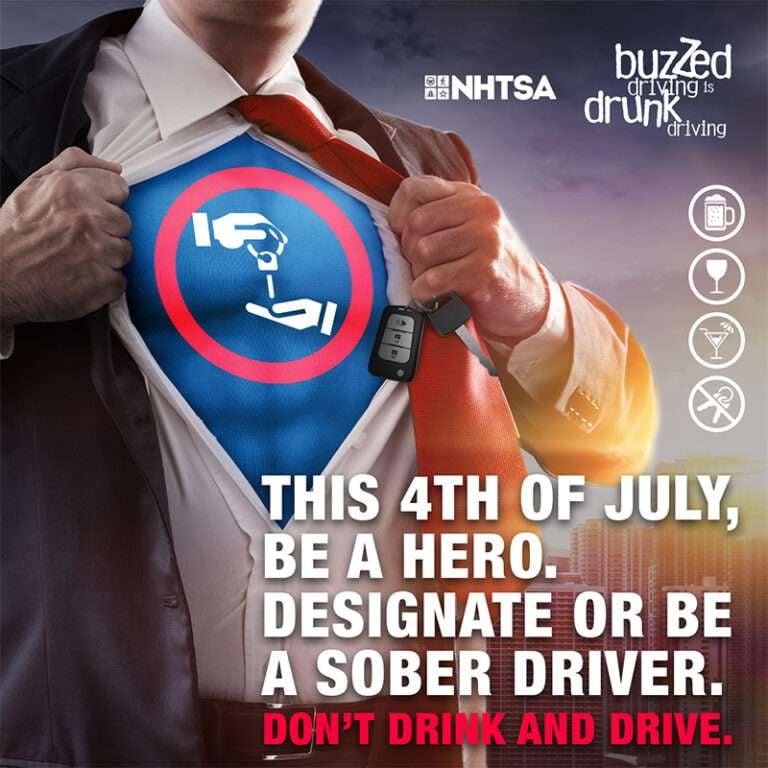American Automobile Association
It’s a trend that affects every road user when summer arrives: as school winds down for the year, crashes involving teen drivers shift into high gear.
The days through Labor Day mark the Deadliest Days of the year for vehicle crashes, a time when fatalities from teen-driver crashes rise substantially.

“Traffic crashes remain one of the leading causes of death for teens between the ages of 16 and 19,” says Lori Weaver Hawkins, public affairs manager, AAA Blue Grass. “Teens may be driving back and forth to summer jobs, but also have a lot of unstructured time in the summer compared to the school year. Unfortunately, they do not have the skills and experience of older drivers. Those factors can often lead to deadly consequences on the road.”
Nationwide, 6,697 people died in teen driver-related summertime crashes between 2013 and 2022. That’s nearly half of the total number of those killed in teen-driver crashes for the entire rest of the year. In 2022 alone, 707 people were killed in teen-driver crashes―a 10% increase over pre-pandemic 2019.
In Kentucky, there were 223 people killed in crashes involving drivers between the ages of 15 and 20 during summer months between 2013 and 2022. According to Kentucky State Police crash data, the commonwealth saw 3,377 crashes involving teen drivers in 2023 alone, resulting in 13 fatalities.
AAA is urging teen drivers to be more mindful of their driving behaviors. Young drivers should practice safe driving habits by putting down the phone and avoiding distractions, buckling up every time, driving within posted speed limits and never driving impaired.
According to statistics from the National Highway Traffic Safety Administration, in 2022:
• 22% of 15 to 18 year-old drivers involved in fatal crashes had been drinking
• 50% of teen drivers who died were unbuckled
• 30% of all motor vehicle deaths involving a teen driver were speed-related.
According to the AAA Foundation 2022 Traffic Safety Culture Index, teen drivers ages 16-18 admitted to having engaged in at least one of the following risky behaviors in the past 30 days:
• Driving 10 mph over the speed limit on a residential street (41.3%)
• Driving 15 mph over the speed limit on a freeway (38.5%)
• Texting (30.3%)
• Red-light running (28.2%)
• Aggressive driving (22.3%)
• Drowsy driving (18.5%)
• Driving without a seatbelt (13.2%)
• Drinking enough alcohol to be over the adult legal limit (3.2%)
• Riding in a car driven by someone who has had too much alcohol (6.8%)
• Driving within an hour of having used marijuana (5%)
The Drive for a Safer Summer
Although the focus during the 100 Deadliest Days is on teen drivers, Weaver Hawkins points out that it isn’t only teen drivers who are losing their lives.
“In addition to the tragedy of these young drivers sustaining serious injuries or losing their lives behind the wheel, their vehicle’s occupants―as well as other drivers and passengers, roadside workers, bicyclists and pedestrians on and along the roadway―are all at risk,” she says.
AAA offers the following reminders to drivers during the summer months ― and all year long:
1 Slow Down. Speeding is considered to be the number one factor contributing to the increase in roadway fatalities. Speeding is typically responsible for about 30% of all deadly crashes over the summer.
2 Buckle Up. Since the pandemic, there has been a sharp increase in unrestrained occupant deaths and ejections. Seat belts save lives―it’s that simple. Children who are taught to buckle up, every trip, every time, are more likely to continue the habit into adulthood.
3 Don’t Drive Impaired. According to the NHTSA, alcohol is involved in over 20% of all fatal crashes in the summer months. Public health researchers have found that fatal crashes involving cannabis are also on the rise. Never drive under the influence of alcohol or any impairing substance, including prescription medications.
4 Drive Defensively. While you cannot control the behavior of others, driving defensively will increase the time you have to react to another driver out of control.
5 Limit Distractions. According to the NHTSA, dialing a phone number while driving increases your teen’s risk of crashing by six times, and texting while driving increases the risk by 23 times. Put down the phone and limit other distractions to give your full attention to the task of driving.
6 Look Out for Pedestrians and Cyclists. Pedestrian deaths reached a four-decade high of more than 7,500 deaths in 2022. In addition NHTSA found that there were over 850 bicyclists killed and more than 50,000 injured in collisions with cars and trucks in 2022, a 12% increase in fatalities and an 8% rise in injuries compared to 2021. Share the road.

The Critical Role of Parents
In addition to focusing on teens, AAA reminds that parents play an important role in reducing the number of vehicle fatalities over the summer months.
“Parents remain the best line of defense to keep everyone safe behind the wheel,” says Michael Belcuore, Driver Education Manager for AAA Club Alliance. “It’s never too soon for parents to talk to their kids about the dangers of distracted driving, speeding, and alcohol and marijuana impairment.”
But while AAA says it’s important for parents to talk to their teens about risky behaviors, they also need to model good driving practices themselves, something that should start long before a child is old enough to drive.
AAA offers the following tips for parents:
• Talk with teens early and often about abstaining from dangerous behavior behind the wheel, such as speeding, impairment and distracted driving.
• Teach by example and eliminate your own risky behavior when driving.
• Establish a parent-teen driving agreement that sets family rules for teen drivers.
• Conduct at least 60 hours of supervised practice driving with their teen, including 10 hours of night driving.
• When evaluating a driving school for your teen, make sure the curriculum is up to date and includes topics like: advanced vehicle technology, the effects of cannabis on driving abilities, changes to Move Over laws, and sharing the road with vulnerable road users. Parents may also want to find a school that hosts parent-specific sessions to help guide them through the process.

















